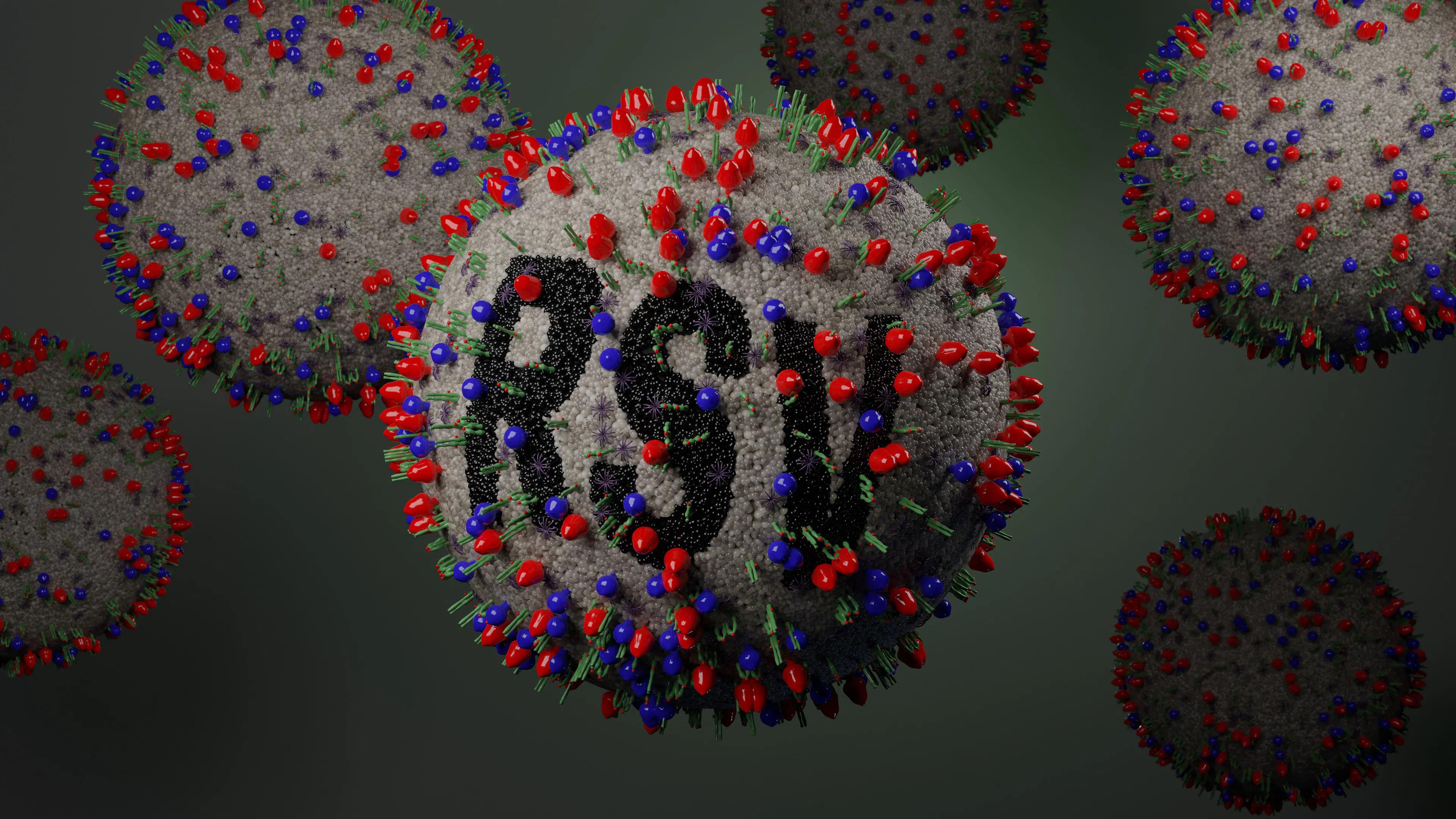Image Credit: Adobe Peter Hansen

This article first appeared on our sister site, Contemporary Pediatrics.
The effectiveness of nirsevimab (Beyfortus; Sanofi/AstraZeneca) against respiratory syncytial virus (RSV)-associated hospitalizations is estimated to be 90% in infants during their first RSV season, according to new data from the Centers for Disease Control and Prevention (CDC).
A March 7, 2024 publication of the CDC’s Morbidity and Mortality Weekly Report (MMWR) references that RSV is the leading cause of hospitalization in US infants, putting between 50,000 to 80,000 children aged 5 years and younger in the hospital annually.
Ahead of the typical RSV season, the long-acting monoclonal antibody was approved by the FDA on July 17, 2023. In August 2023, it was unanimously recommended by the CDC’s Advisory Committee on Immunization Practices (ACIP) for infants younger than 8 months of age.
In the same month, the American Academy of Pediatrics (AAP) also voted in unanimous fashion to recommend the routine use of nirsevimab in newborns and infants.
In the following months, amid shortages and high demand for nirsevimab, the CDC recommended the antibody be prioritized for infants at the highest-risk for infection. In January 2024, some 230,000 additional doses became available, with recommendation from the CDC that health care settings with adequate supply return to the original ACIP recommendation.
The current analysis of nirsevimab is the first estimate in the United States for post-introduction effectiveness for infants in their first RSV season, stated the CDC.
Data was collected using the New Vaccine Surveillance Network (NVSN), a platform for acute respiratory illness (ARI) in infants, children, and adolescents under 18 years of age. The system monitors pediatric respiratory viruses across 7 US pediatric academic medical centers.
Received through parent reports, the receipt of nirsevimab was verified through state immunization information systems, birth hospitals, or primary care records.
Eligible infants had to be younger than 8 months of age as of October 1, 2023, or born after that date. They had to be hospitalized with ARI during October 1, 2023 through February 29, 2024, had verified nirsevimab status, reported gestational age at birth, and had to have medical record review to assess for underlying conditions, according to the authors.
Effectiveness against RSV-associated hospitalization was estimated using a test-negative, case-control study design, with case-patients being those who received a positive RSV test result and control patients being infants with a negative result.
Effectiveness was calculated as (1− adjusted odds ratio) × 100%.
In all, 699 infants at 4 sites were included in the study, with 407 case-patients and 292 control patients.
Nirsevimab was more frequent in infants with high-risk medical conditions compared to those without (46% vs 6% [P < 0.001]). A median of 45 days was observed as time since receipt of nirsevimab to ARI symptom onset, ranging from 7 to 127 days (IQR = 19-76 days).
In all, 6 case-patients (1%) and 53 (18%) control patients received nirsevimab, with effectiveness at 90% against RSV-associated hospitalization.
Likely because of the delayed availability in the first introduction season of nirsevimab, only a small proportion of hospitalized infants with ARI received nirsevimab, a limitation of the study.
Overall, data revealed in the study supports existing recommendations to prevent severe RSV disease with nirsevimab for infants in their first RSV season, as a single dose was highly effective.
Reference
Early estimate of nirsevimab effectiveness for prevention of respiratory syncytial virus–associated hospitalization among infants entering their first respiratory syncytial virus season — new vaccine surveillance network, October 2023–February 2024. Morbidity and Mortality Weekly Report. March 7, 2024. Accessed March 7, 2024.
https://www.cdc.gov/mmwr/volumes/73/wr/mm7309a4.htm?s_cid=mm7309a4_w